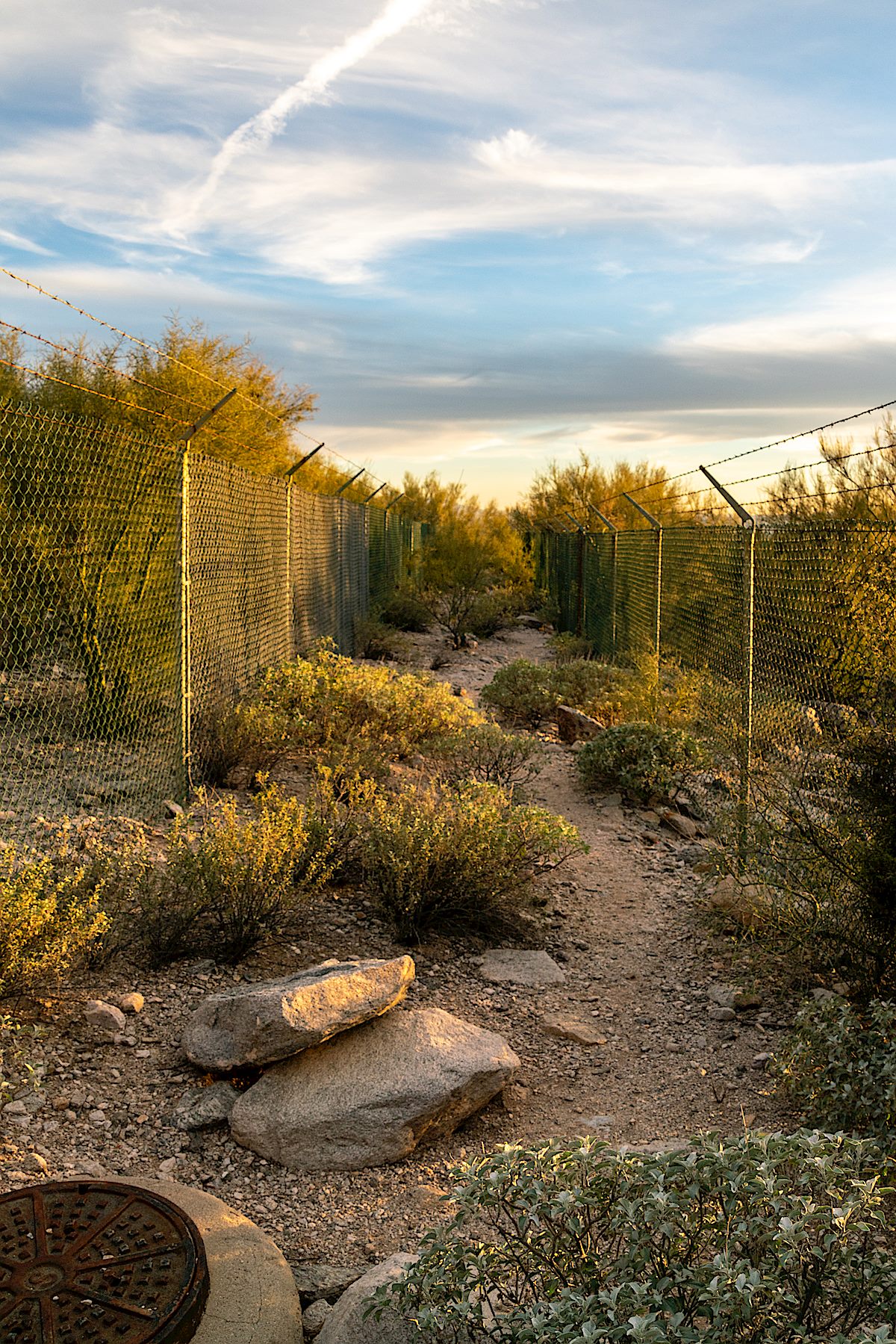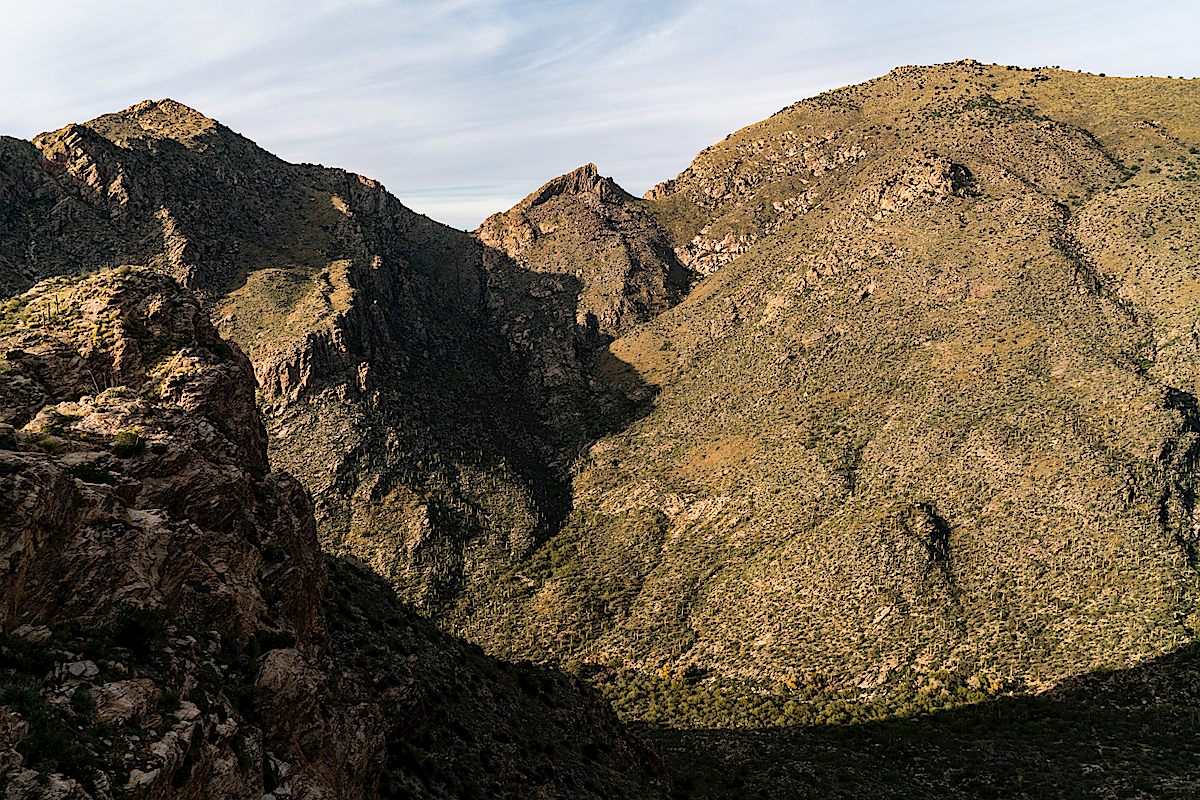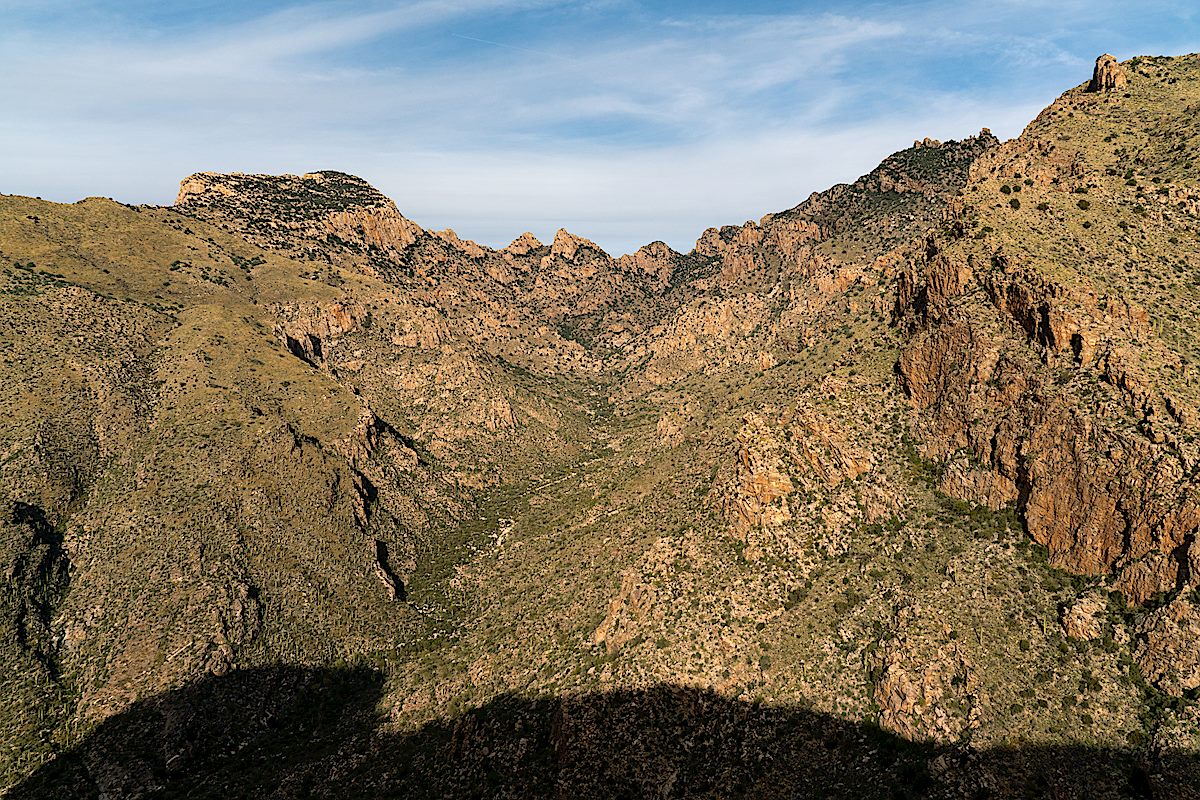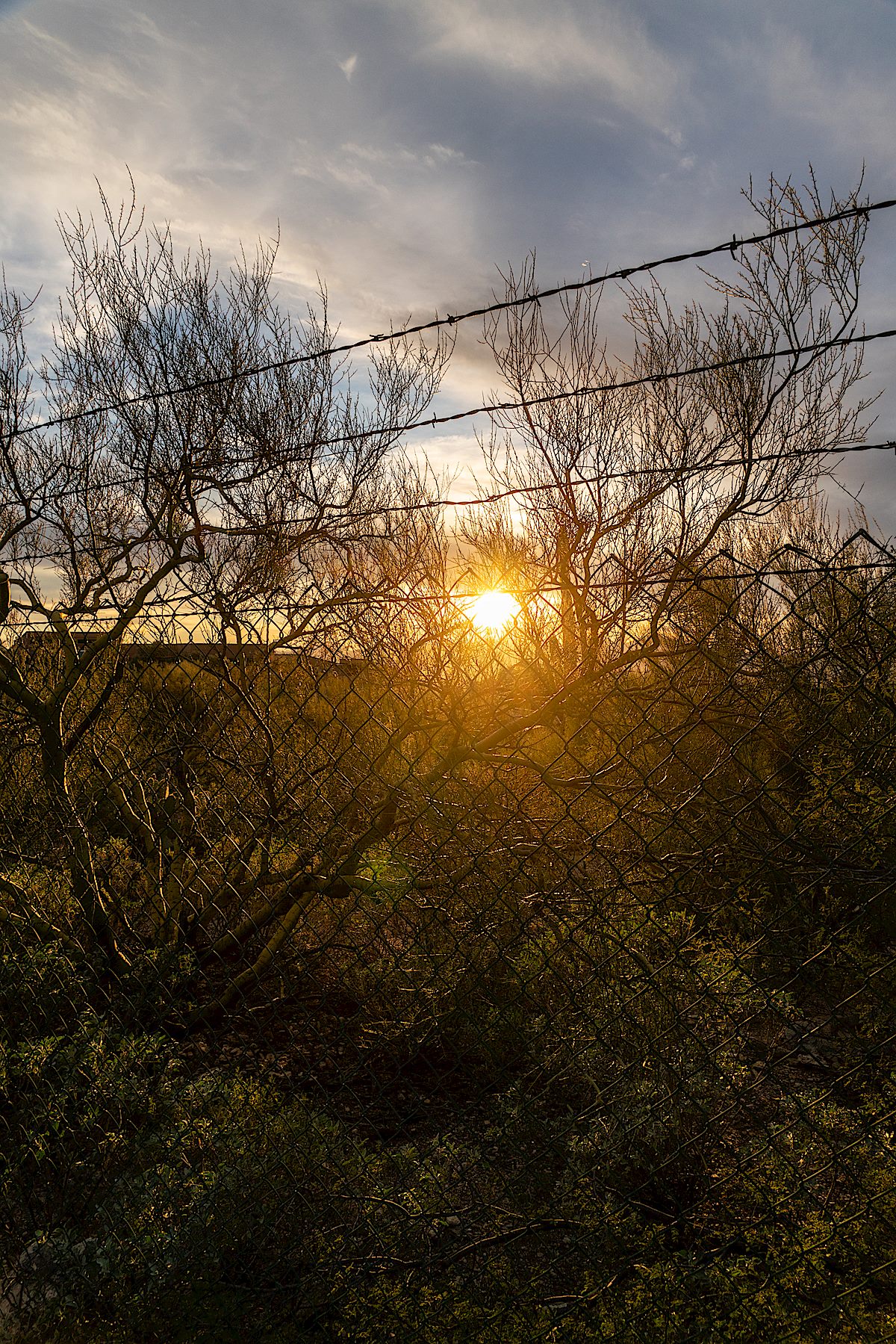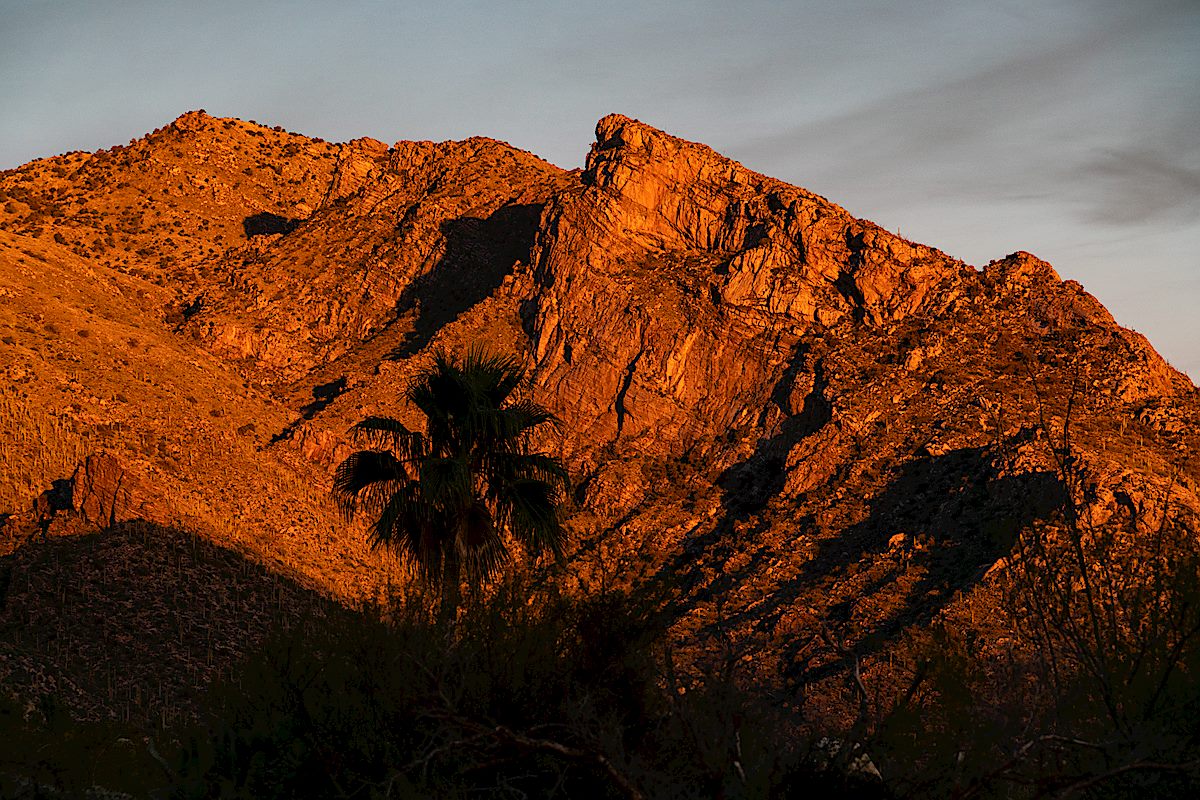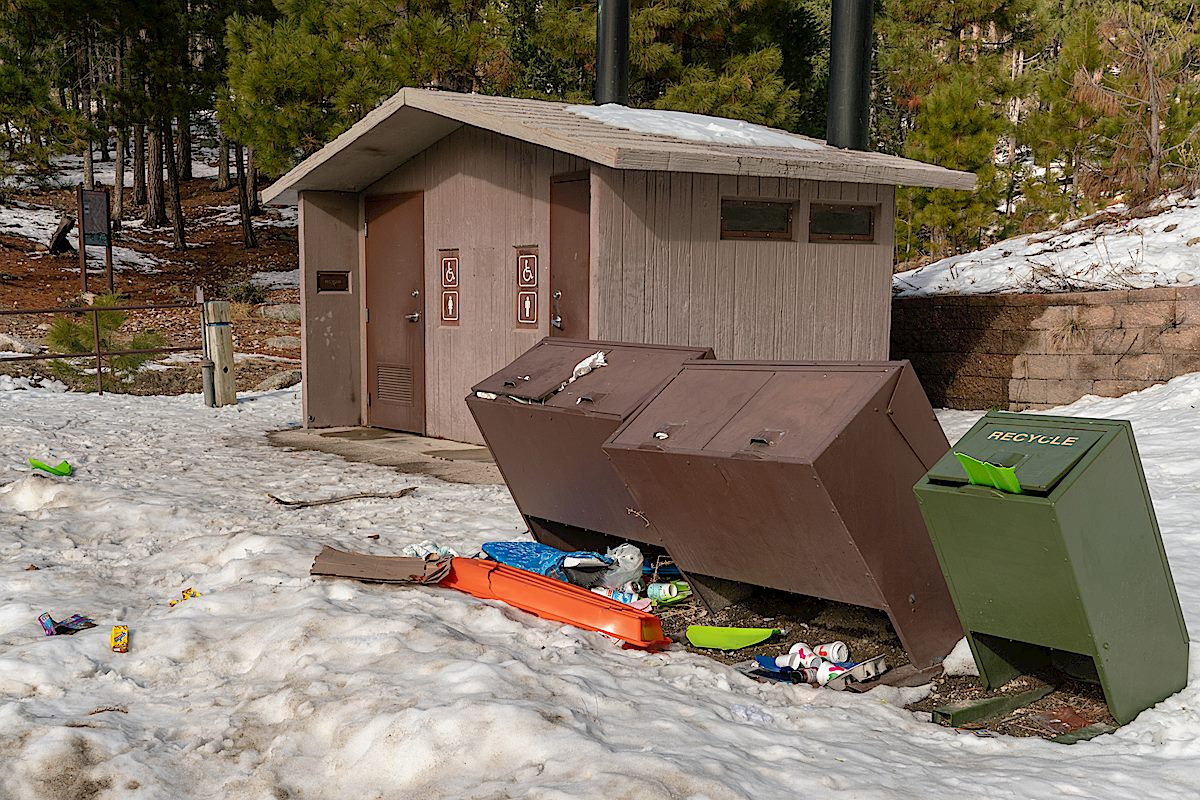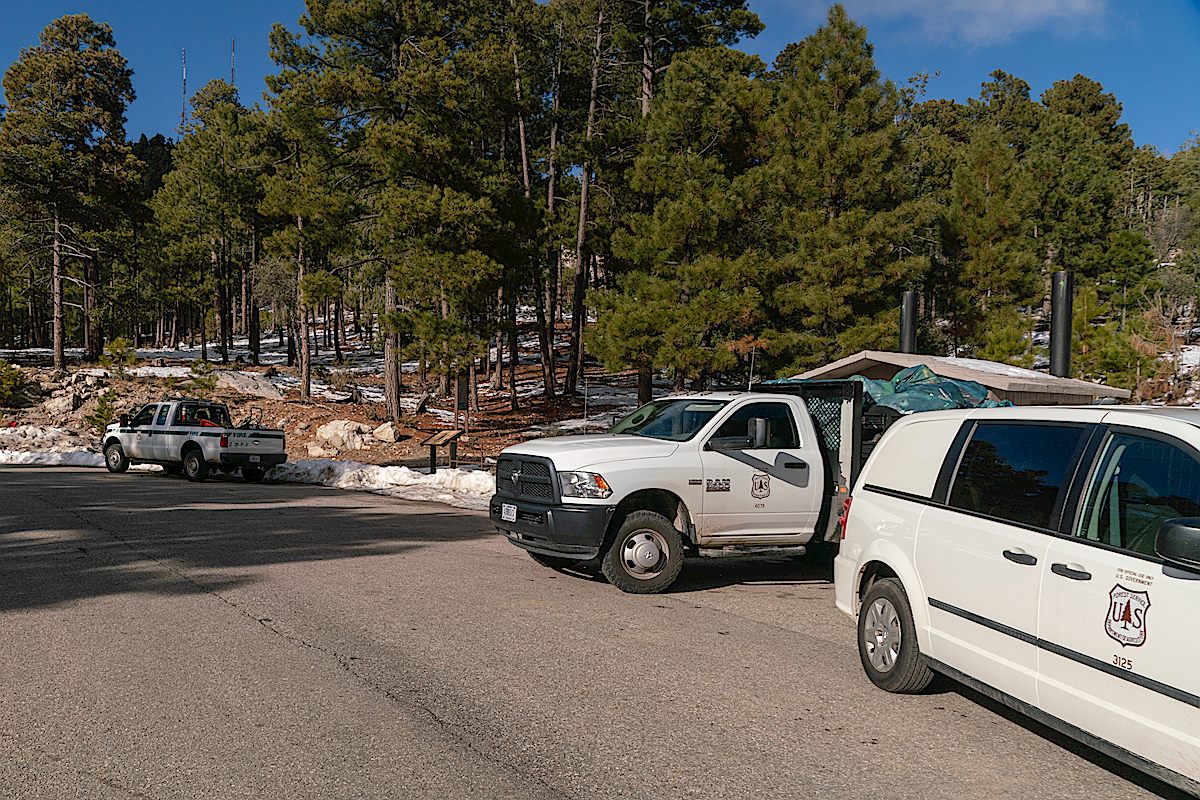The power to establish forest reserves from the public domain was given to the President by the 1891 Forest Reserve Act. Other public lands had been set aside before 1891, but the 1891 provision started an impressive flow of land into Forest Reserves. The first reserve – the Yellowstone Park Timber Land Reserve – was created by President Benjamin Harrison on March 30, 1891, and by the end of his presidency in 1893 he had set aside 13 million acres.
The beginning of the Santa Catalina Mountain’s history as a ‘National Forest’ is recorded in the Statutes at Large of the United States of America from December 1901, to March, 1903, Concurrent Resolutions of the Two Houses of Congress, and Recent Treaties, Conventions, and Executive Proclamations, Volume 32.
On pages 2012 an 2013, located between proclamations about the Louisiana Purchase Exhibition and the suspension of discriminating duties of tonnage and imposts on Cuban Vessels, Proclamation Number 27 establishes the Santa Catalina Forest Reserve. The 1902 proclamation by Theodore Roosevelt created Santa Catalina Forest Reserve nearly 10 years before Arizona became a state.
The first time I tried to look up the proclamation – slightly unsure if I was even in the correct volume – I was temporarily stymied by a typo in the table of content – ‘Setting apart Santa Catilina Forest Reserve, Arizona’ – the typo is not present in the proclamation itself.
The boundaries of the Santa Catalina National Forest were expanded by a 1907 proclamation by Theodore Roosevelt – now called a National Forest rather than Forest Reserve. The forest was expanded north towards Oracle and south across the Rincons. In 1908 the Santa Catalina National Forest (along with Dragoon and Santa Rita) were absorbed into Coronado National Forest – creating, roughly, the naming and boundaries that are still in existence today.
